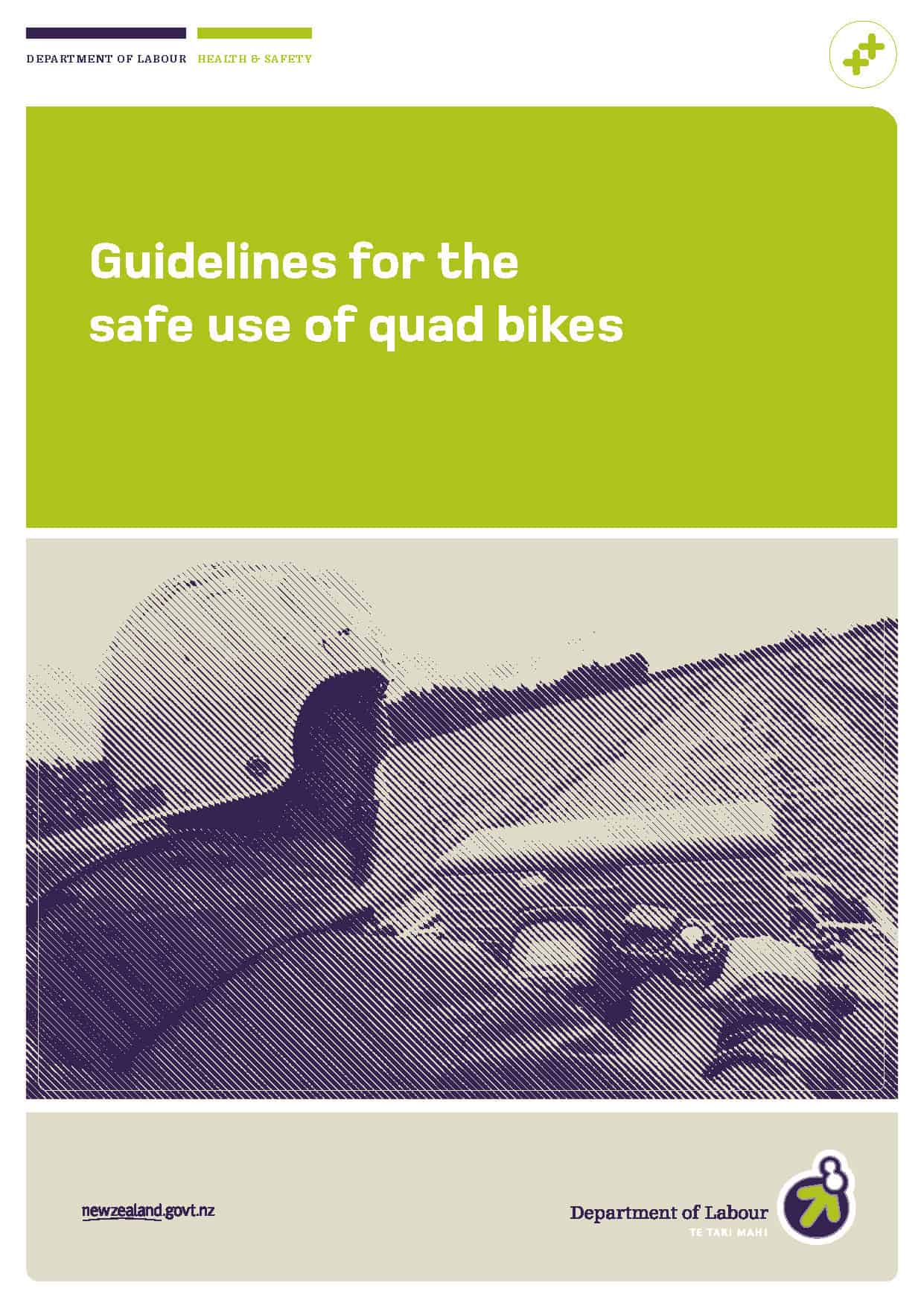Australian lawyer Andrew Douglas has provided a frank assessment of the OHS harmonisation process instigated by the Australian government to reduce red tape and administrative costs of safety. In Smart Company on 1 March 2011, Douglas wrote:
“…the Model Act, the regulations and documents that flow from it will dramatically increase state-based businesses legislative compliance, will massively increase the paperwork proving compliance and will inevitably lead to a substantial increase in costs to business in managing safety and OHS.”
Most State governments continue to support the harmonisation process, in almost all its elements, as a positive for business. So what’s the story here?
Andrew Douglas’ opinion needs serious consideration as it is one of the few contrary positions expressed to date. Continue reading “OHS harmonisation to result in a substantial increase in costs to business”



 The majority of workers in Australia work in small workplaces where (typically) practical OHS programs are regarded by managers as a nuisance, a bit of ‘over-the-top’ nonsense that slows down productivity. It’s regarded as an irritant of fashion that will pass, like the fashion-related, politically correct things to say.
The majority of workers in Australia work in small workplaces where (typically) practical OHS programs are regarded by managers as a nuisance, a bit of ‘over-the-top’ nonsense that slows down productivity. It’s regarded as an irritant of fashion that will pass, like the fashion-related, politically correct things to say.